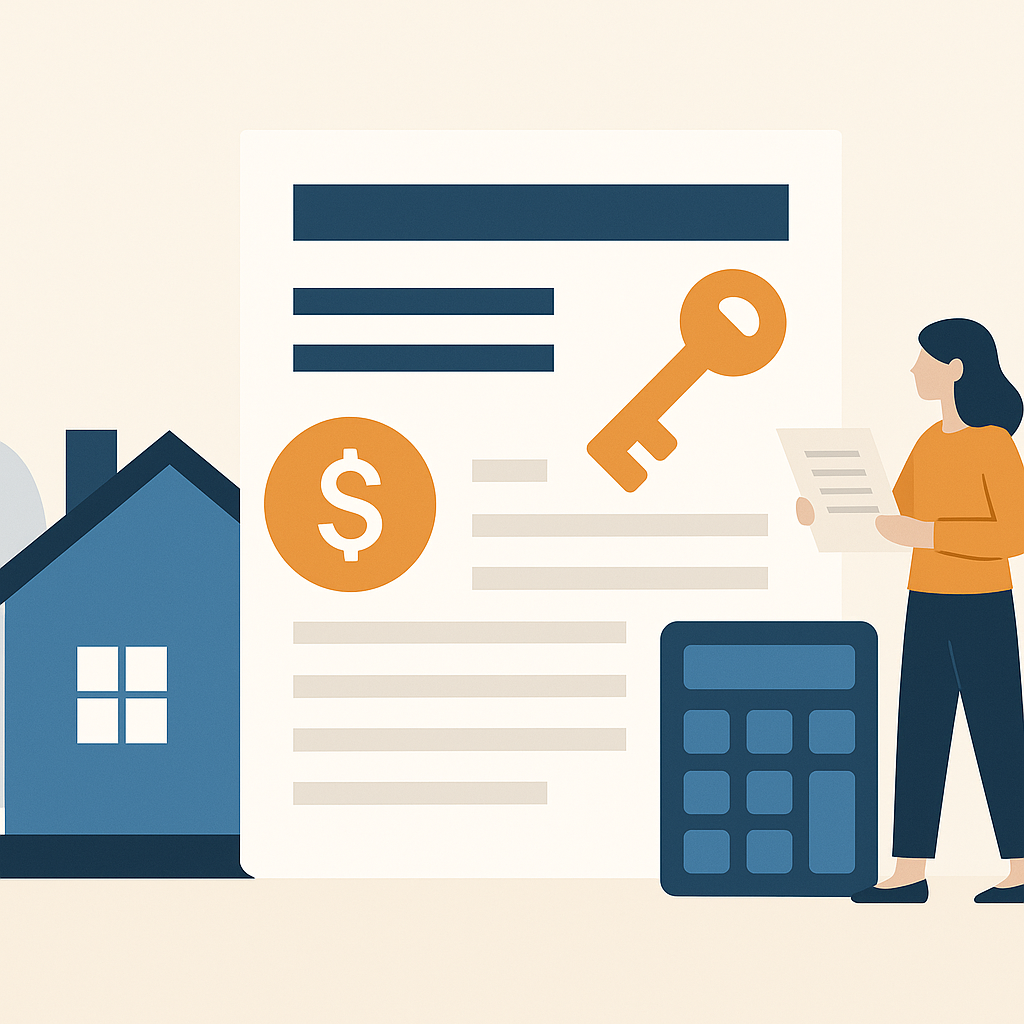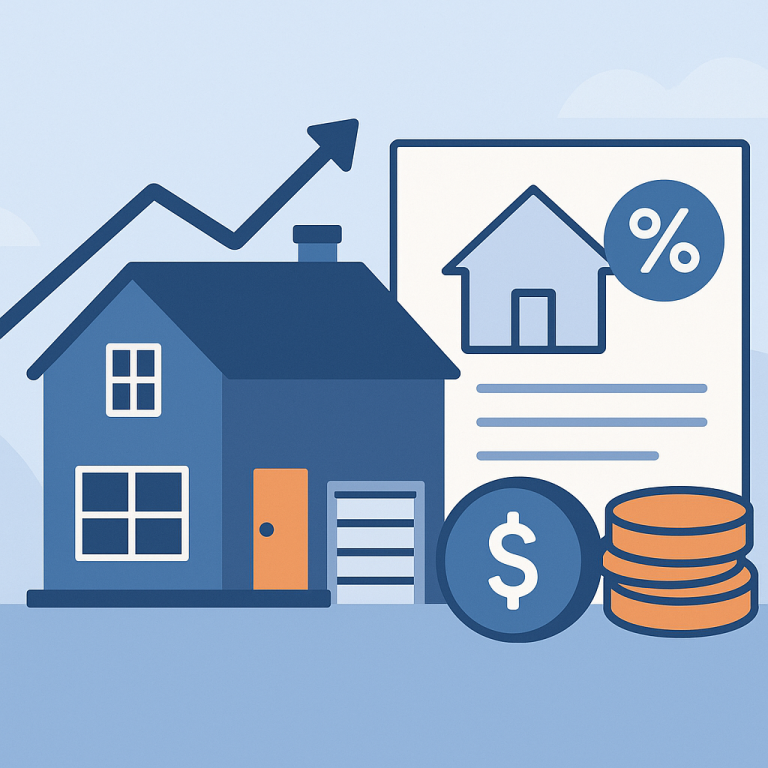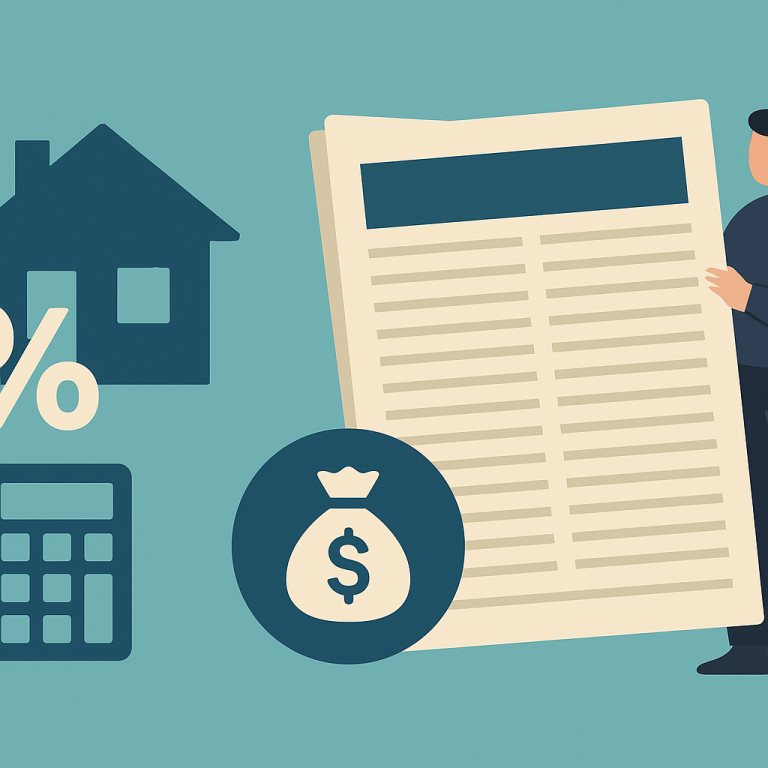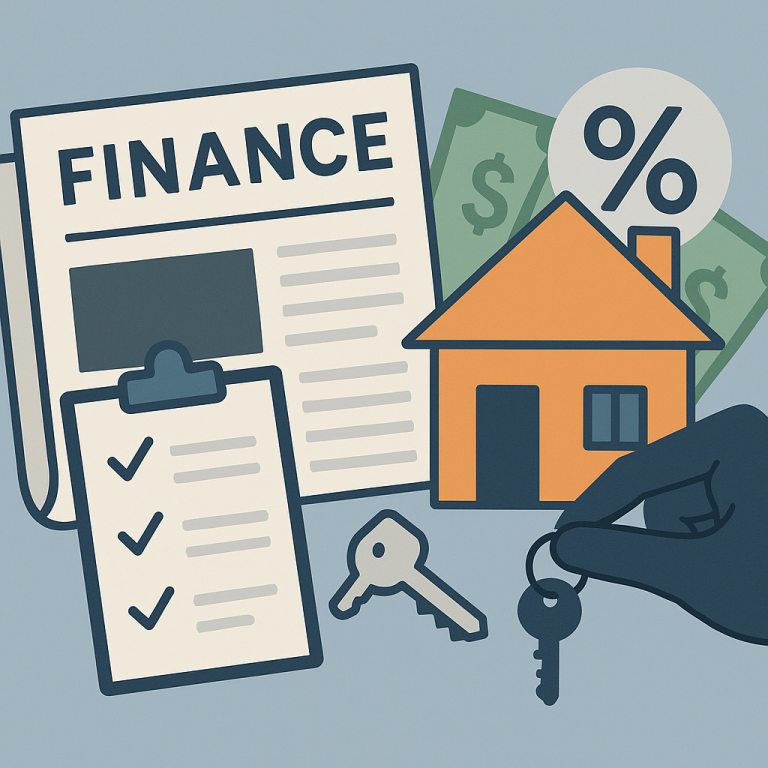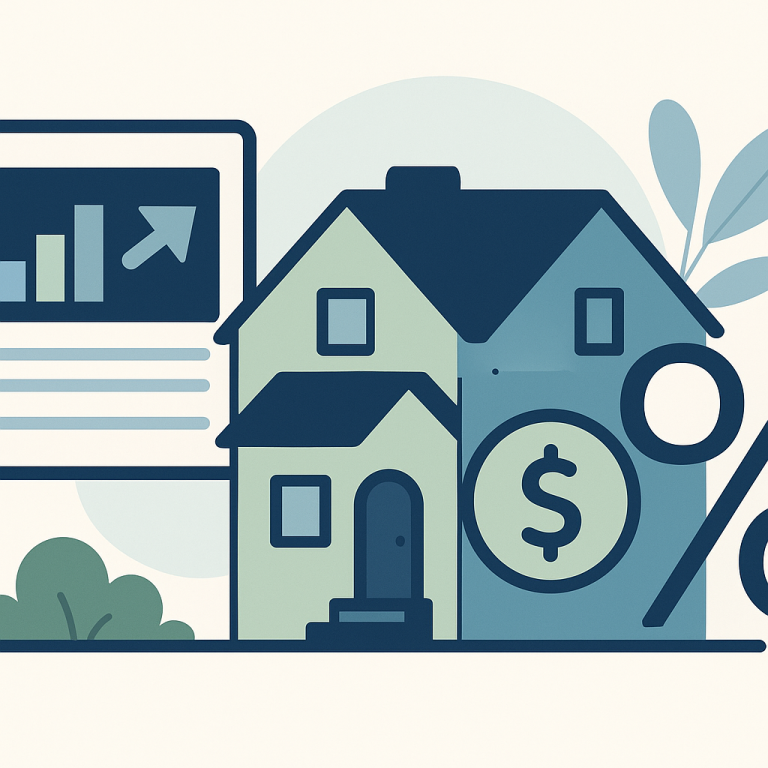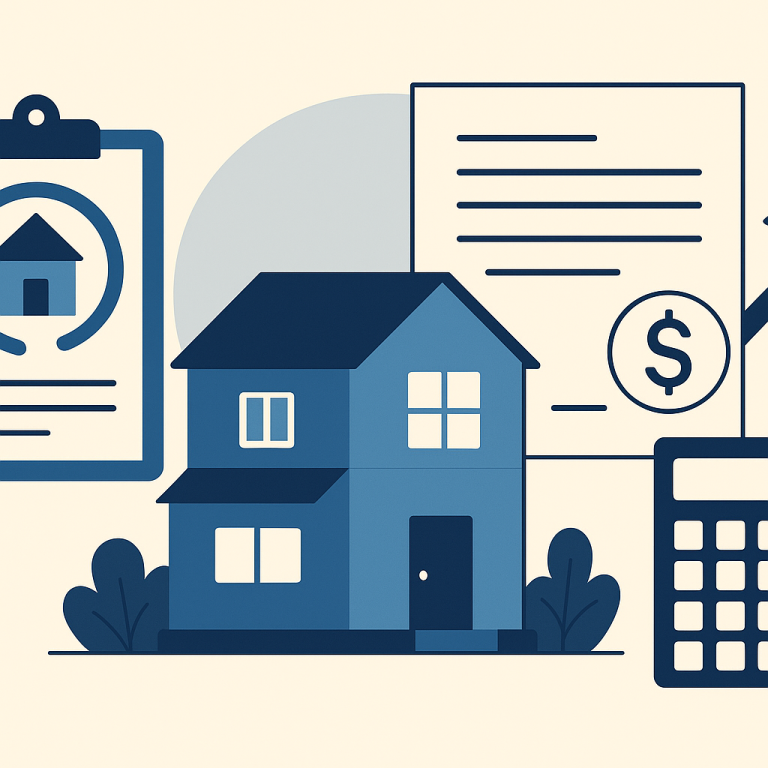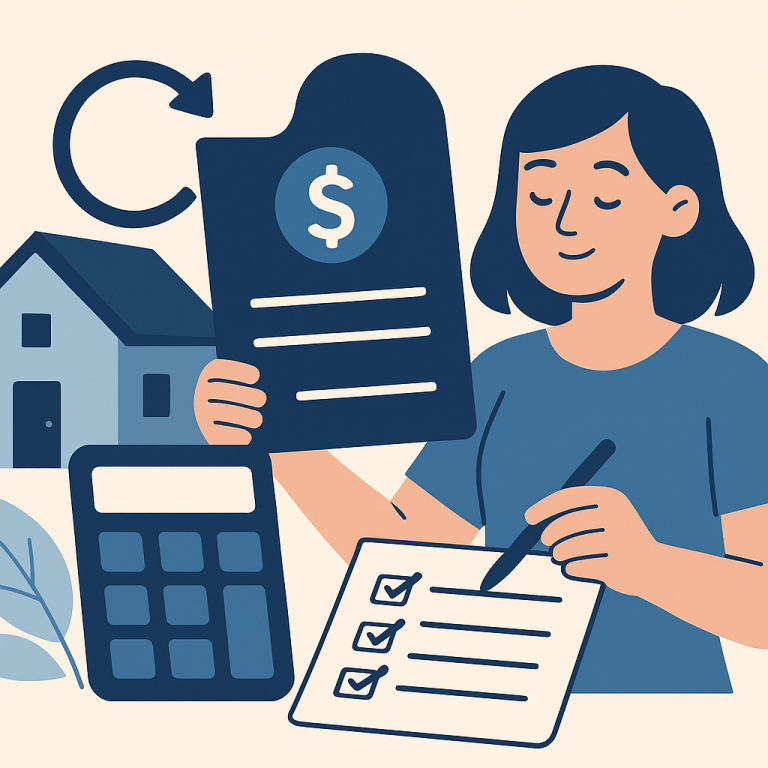Major Lenders Cut Mortgage Refinance Fees, Saving Borrowers Up To $1,200
At a glance: Higher refinance fees and closing costs and how it could affect refinancing decisions.
Lenders have raised refinance origination fees, pushing up closing costs and lengthening breakeven timelines for many borrowers.
What Higher Refinance Fees Mean for Borrowers
After a period of volatility, mortgage interest rates have shown signs of stabilization, and lenders are increasingly marketing refinancing options to homeowners. The current environment is creating a narrow window for borrowers who previously delayed refinancing amid rapid rate swings. While the opportunity is real, whether refinancing makes sense depends on individual circumstances: loan balance, remaining term, home equity, credit profile and the size of transaction costs.
What’s changing in the market
Lenders have broadened product availability and are offering more consistent pricing day-to-day, which reduces the risk of rate movement between application and closing. Some borrowers who recently locked adjustable-rate mortgages or shorter-term products are exploring a move to longer fixed-rate terms. At the same time, cash-out refinance advertising has increased, reflecting homeowners’ interest in accessing equity for home improvements or debt consolidation.
Factors homeowners should weigh before refinancing
- Break-even timeline: Compare the total refinancing costs with your expected monthly savings to establish how long it will take for the refinance to pay for itself. If you plan to move before that date, refinancing may not be beneficial.
- Remaining loan term: Refinancing into a new long-term loan can lower monthly payments but may extend the time it takes to build equity. Conversely, choosing a shorter term can save interest over the life of the loan while keeping monthly payments higher.
- Closing costs and fees: Origination charges, appraisal fees and title costs can offset rate improvements. Request a Loan Estimate early and compare total costs across multiple lenders.
- Credit and documentation: Lower rates typically require stronger credit profiles. Gather income, asset and property documentation to avoid delays, and check how rate locks and float-down options are structured.
- Purpose of funds: If tapping equity, evaluate alternatives such as home equity lines of credit or second mortgages, which can offer different cost structures and flexibility.
Practical steps for borrowers
Start by calculating the break-even point for any refinance scenario and comparing it to your expected tenure in the home. Obtain multiple Loan Estimates to compare not only interest rates but also lender fees and closing costs. If you have a high-credit score and substantial equity, you are more likely to secure favorable terms. Consult your tax advisor regarding potential implications of cash-out refinancing or changes in deductible interest.
When to act and when to wait
Act sooner if you have a clear financial objective—reducing monthly payments for budget relief, lowering the interest burden over time, or consolidating higher-cost debt. Consider waiting if your plans are uncertain, if equity is marginal, or if closing costs would extend the break-even point beyond your expected occupancy. For adjustable-rate borrowers approaching a reset, refinancing to a fixed-rate product tends to be a priority consideration.
Homeowner takeaways
- Assess refinance benefits in terms of total cost and time horizon rather than headline rates alone.
- Compare multiple lenders and review full Loan Estimates to understand the true cost.
- Prioritize stability and certainty—lock in a rate when your documentation is ready and terms are acceptable.
- Consider the broader financial goal: monthly cash flow improvement, interest savings, or accessing equity.
META: refinance-window-stabilization-article

